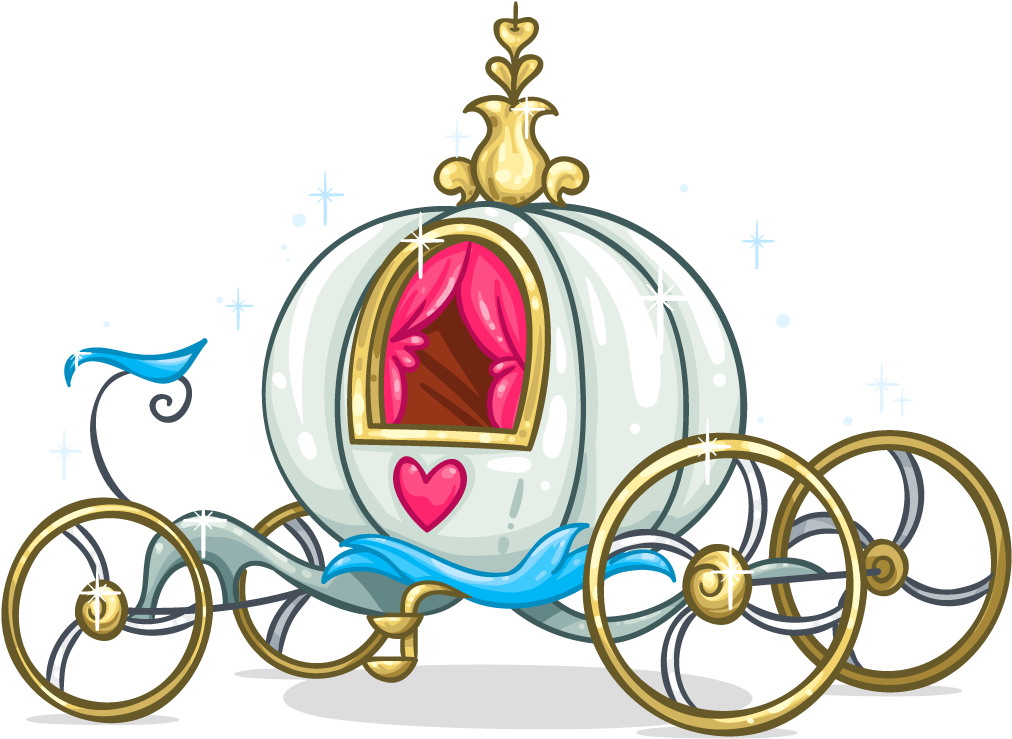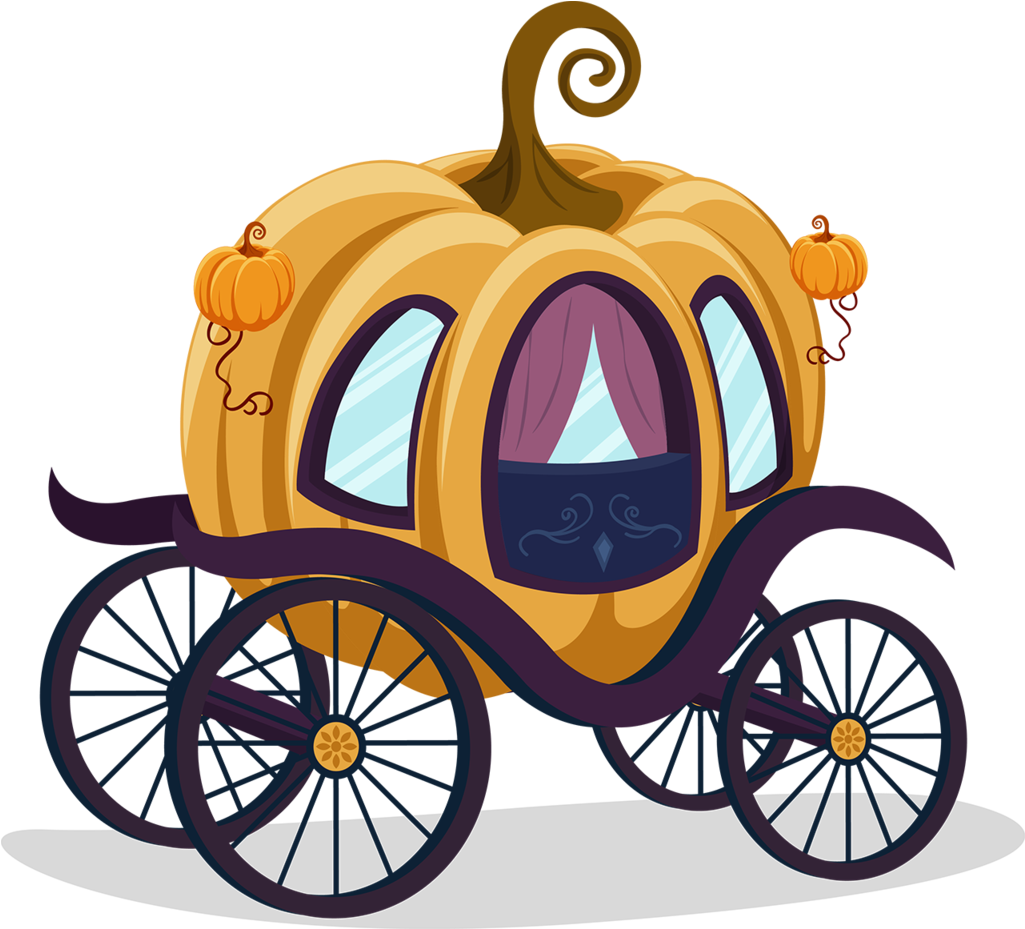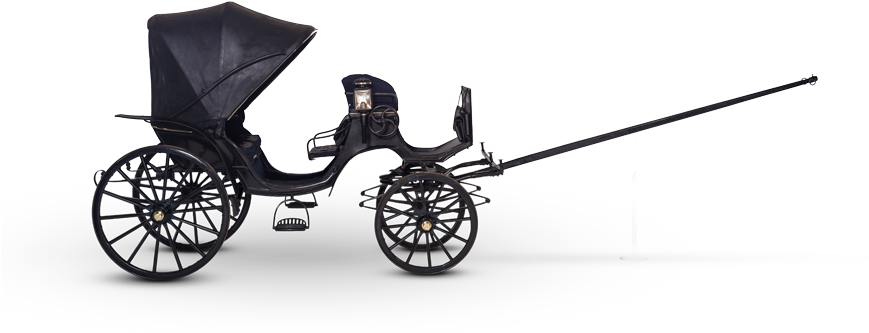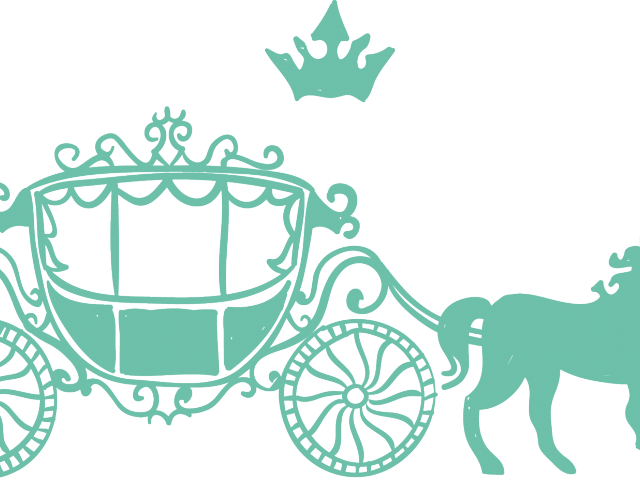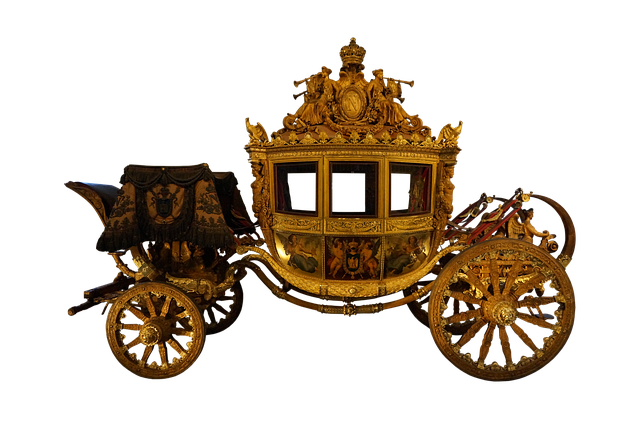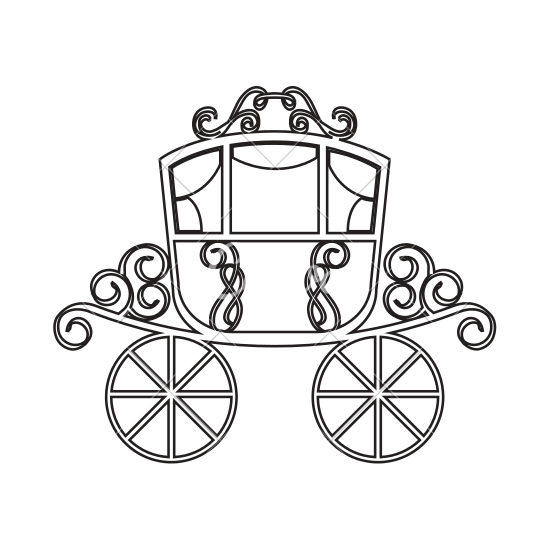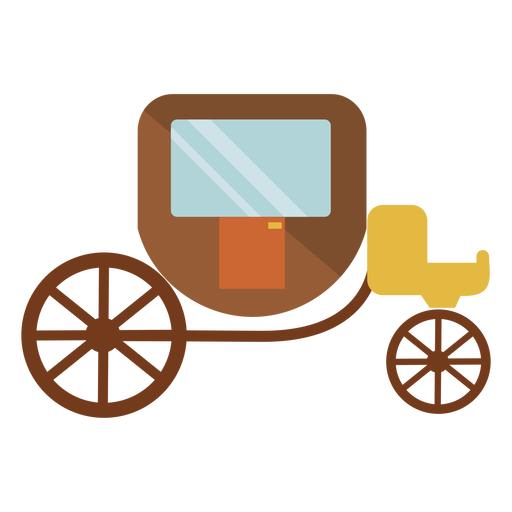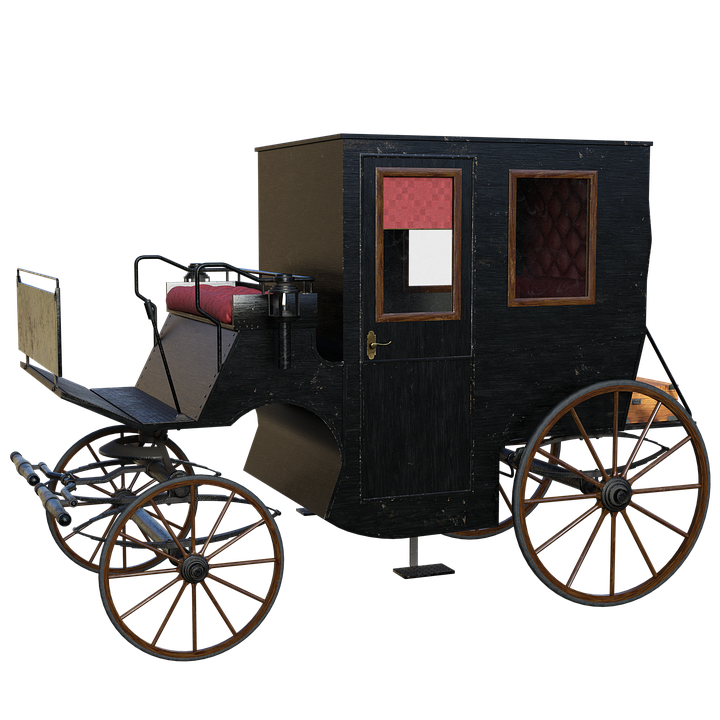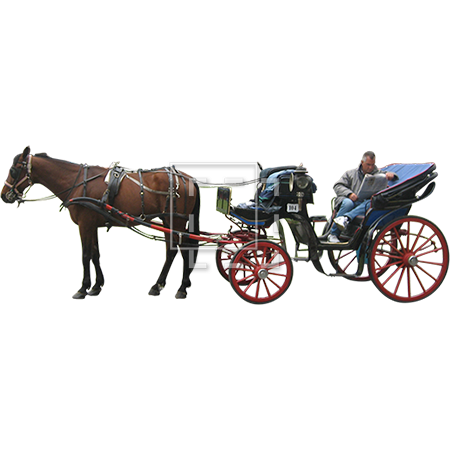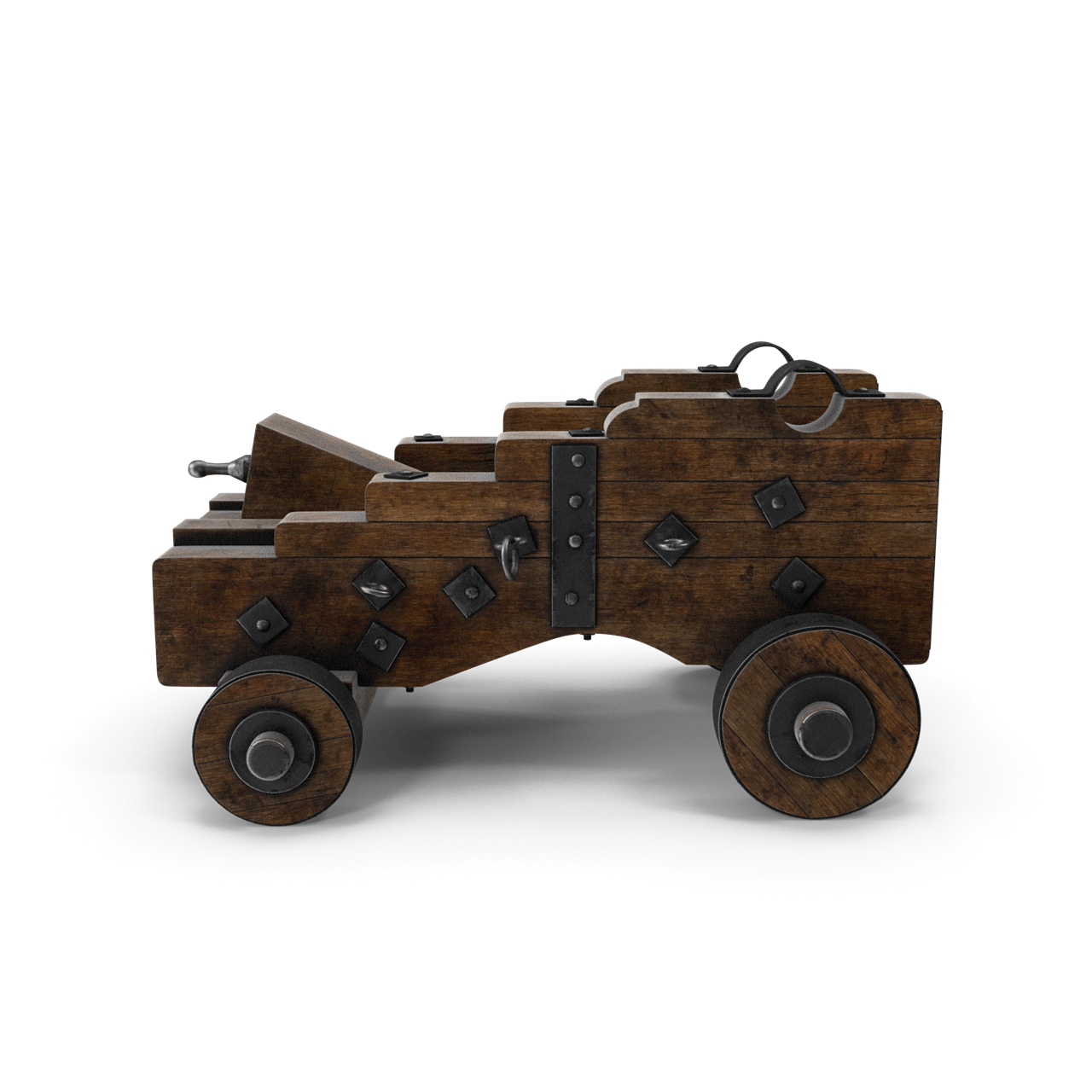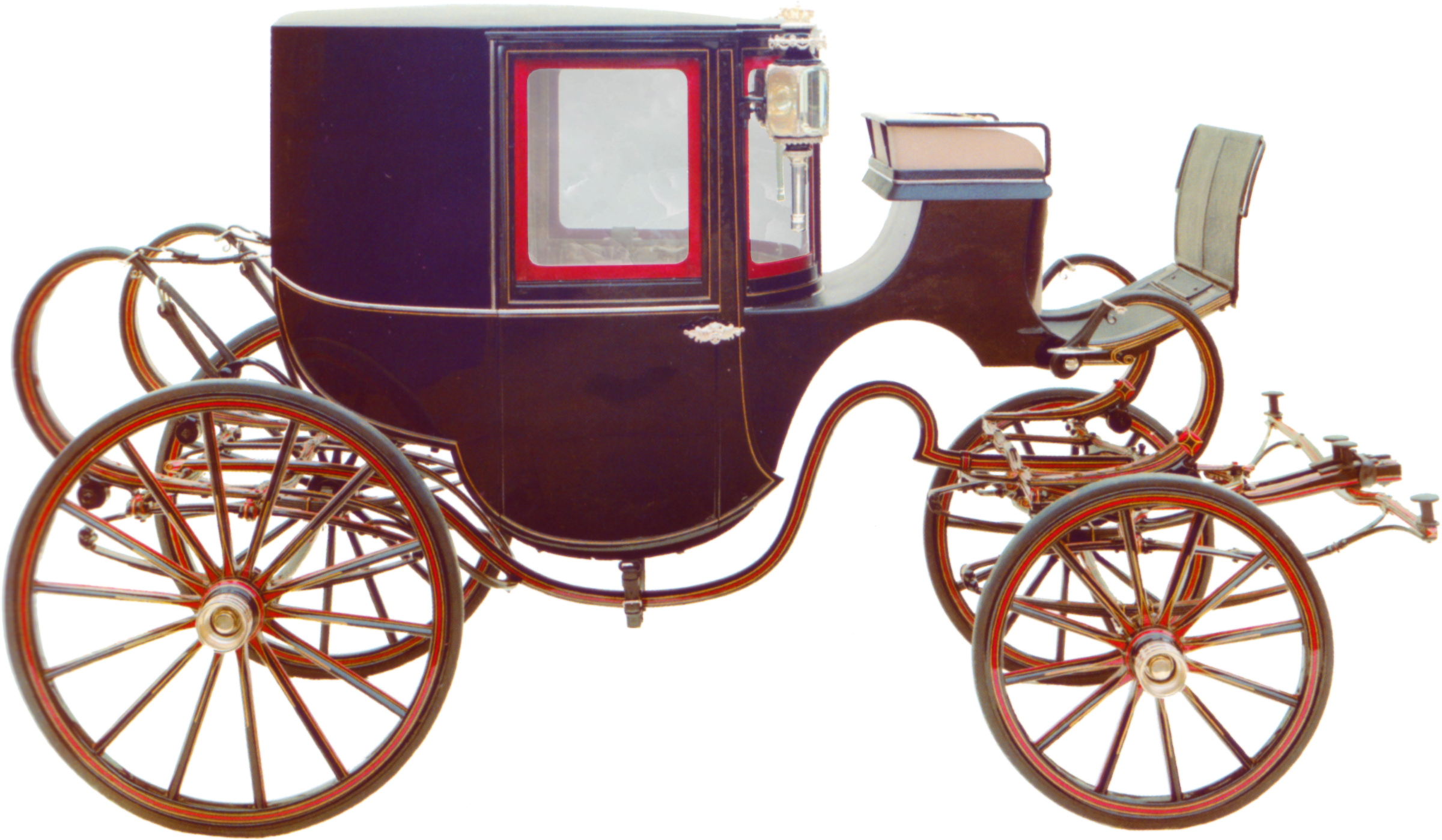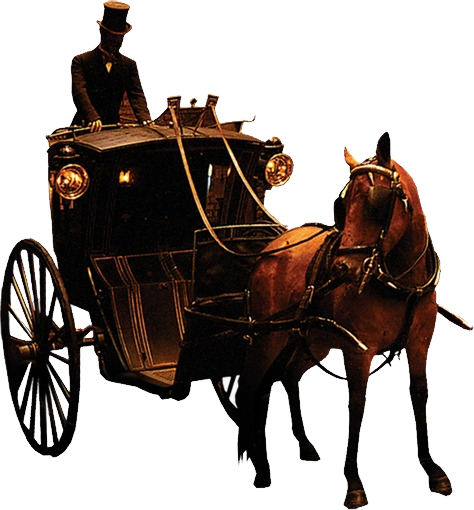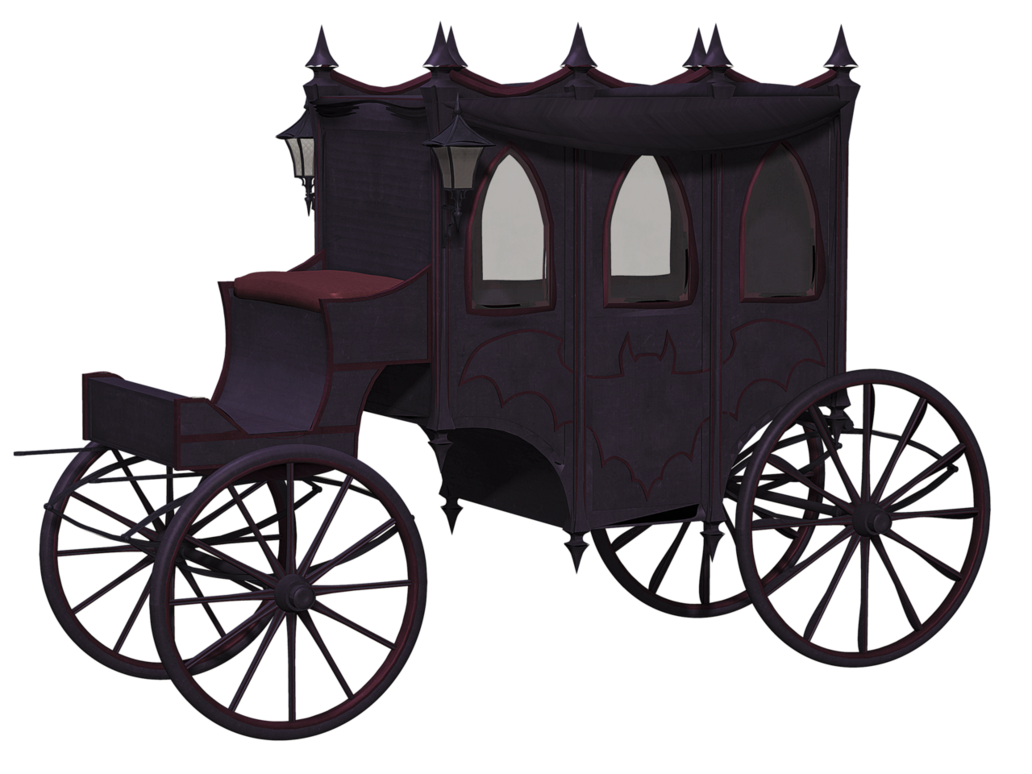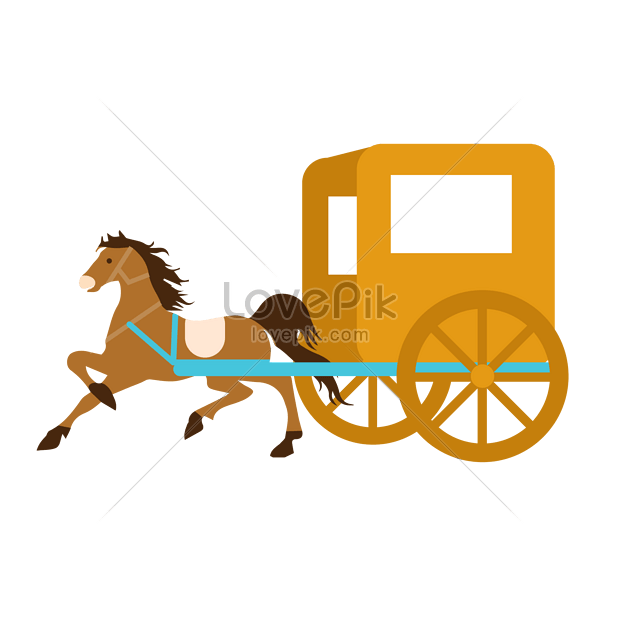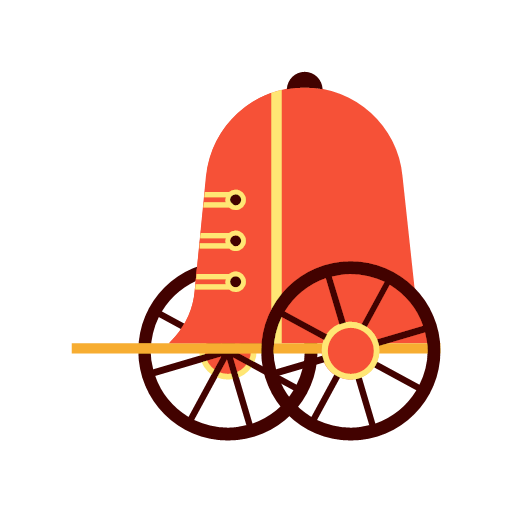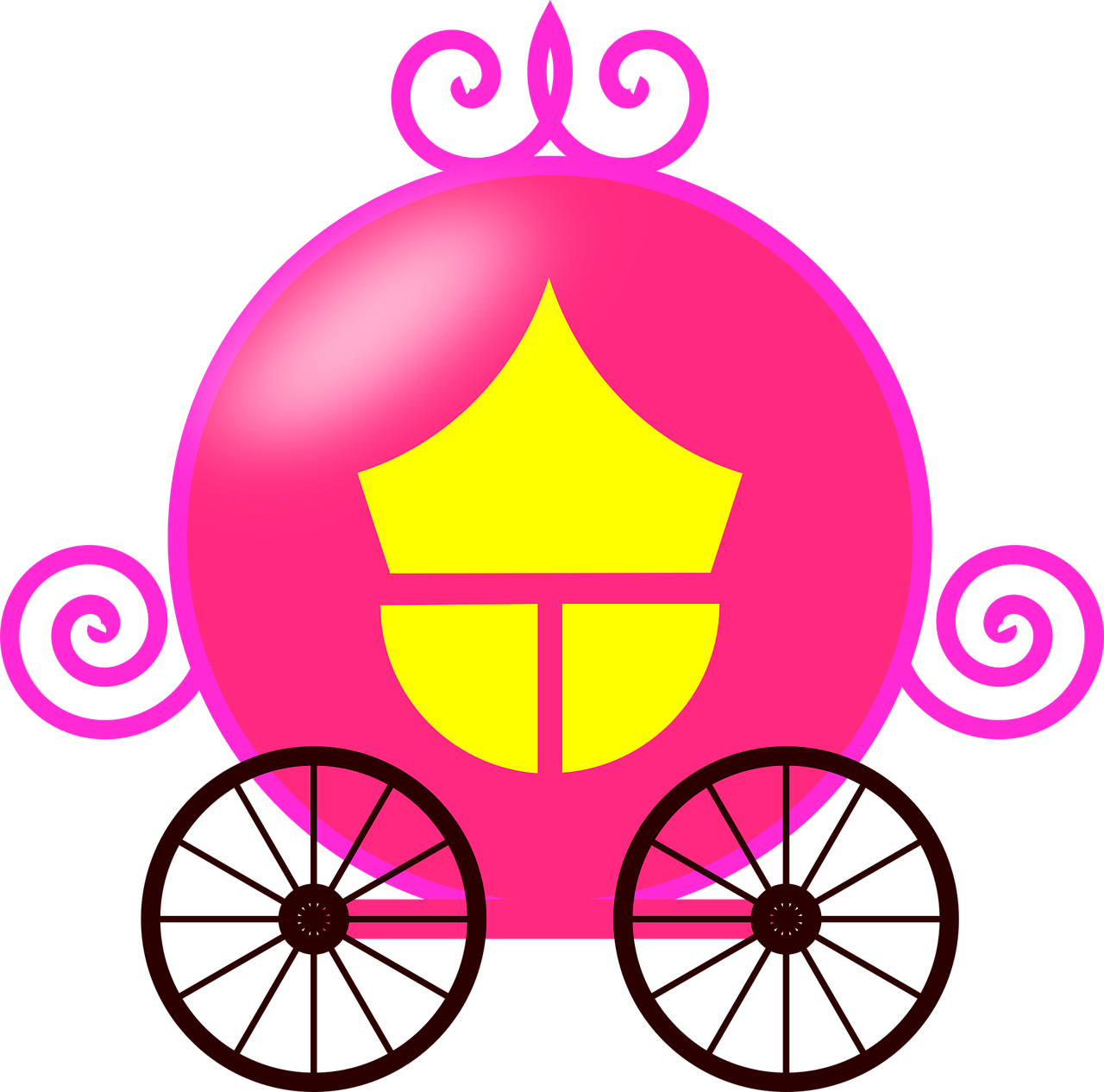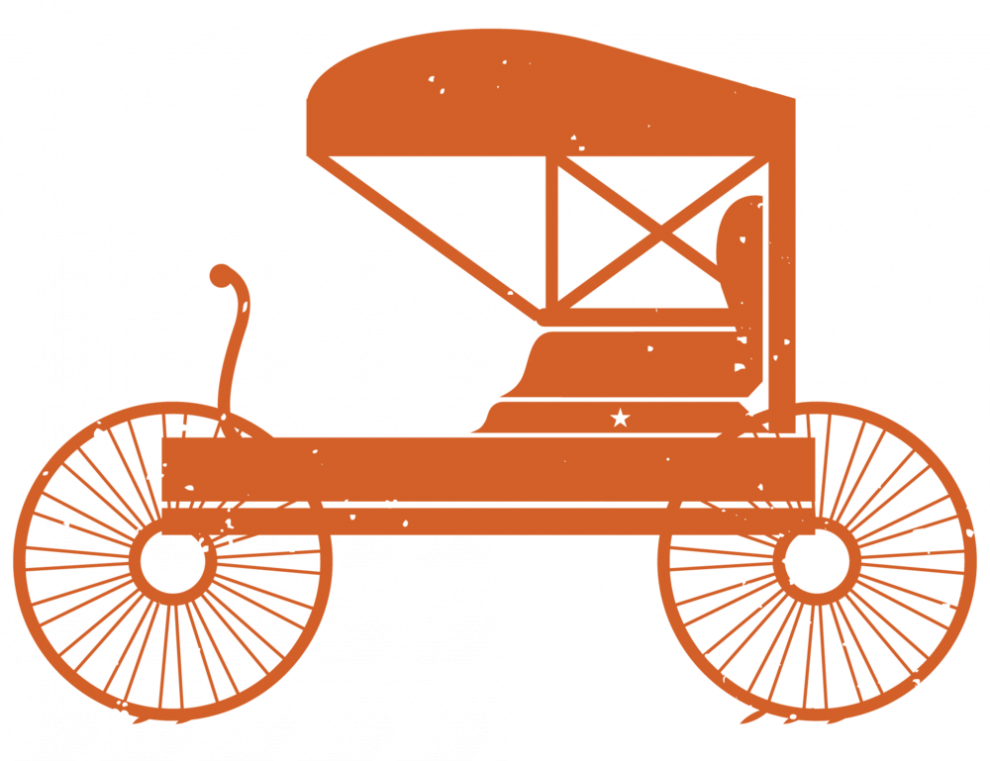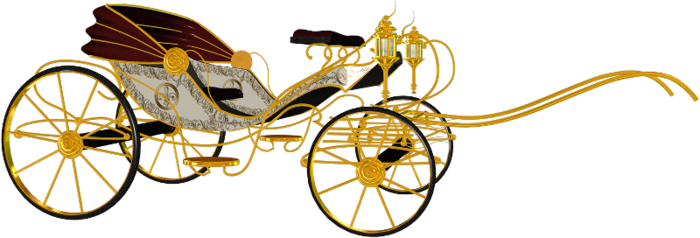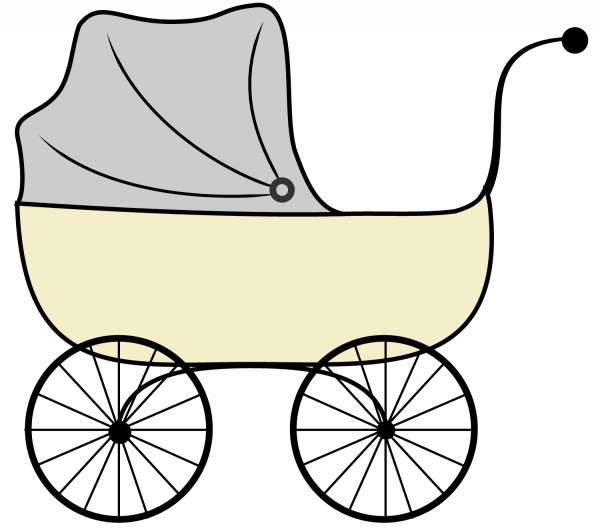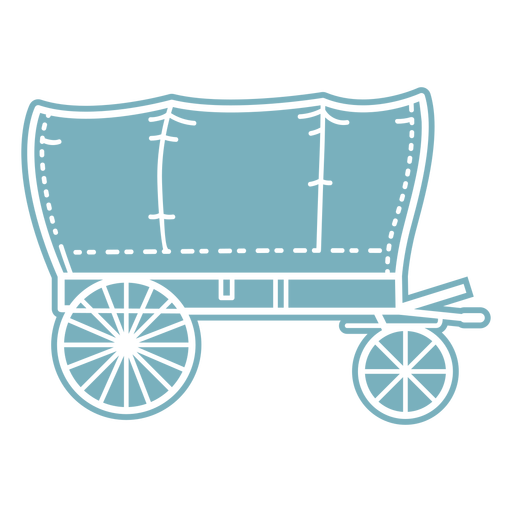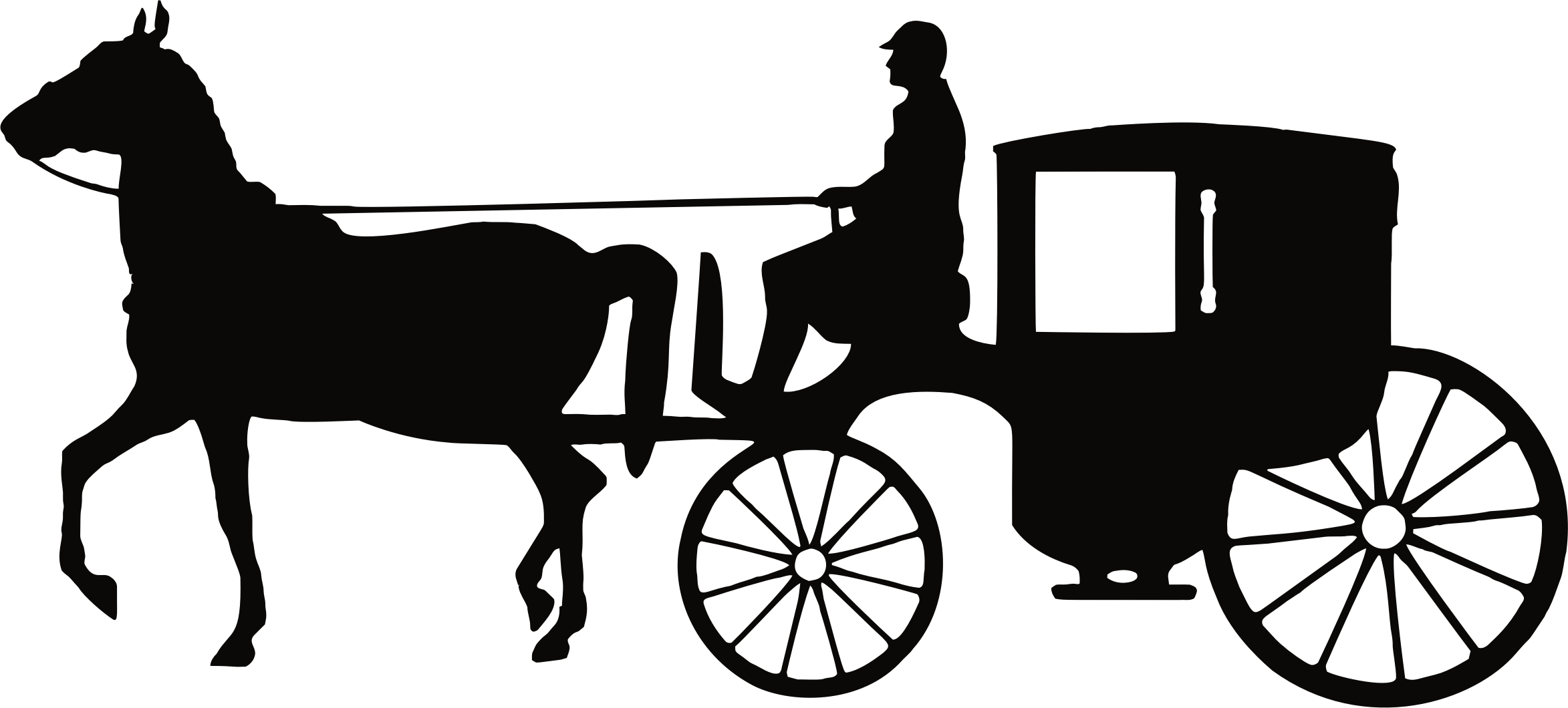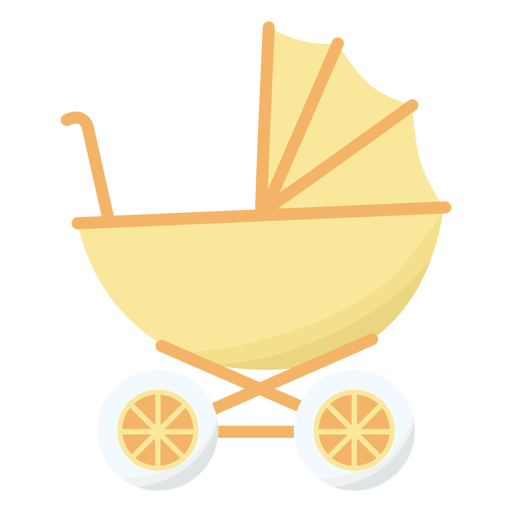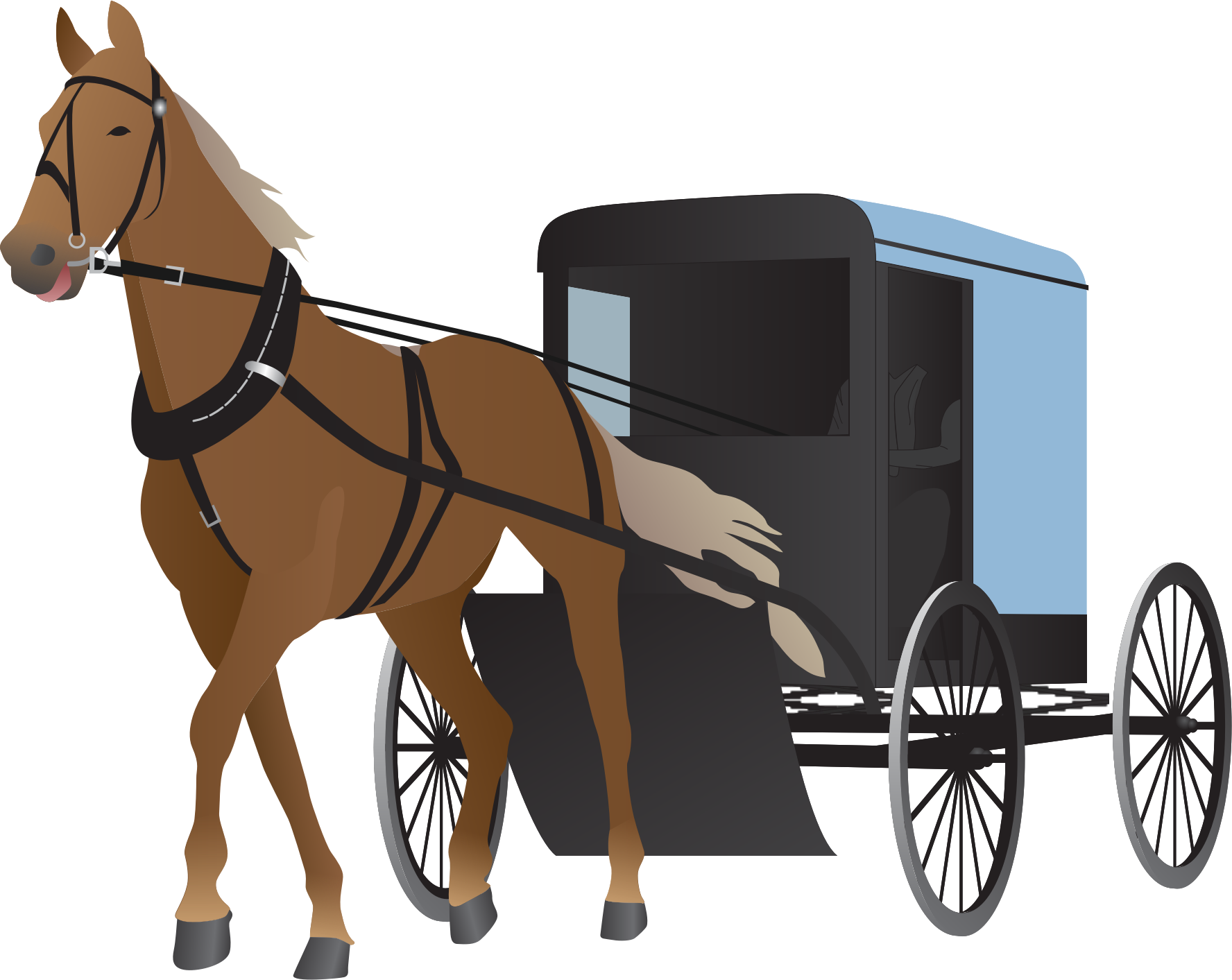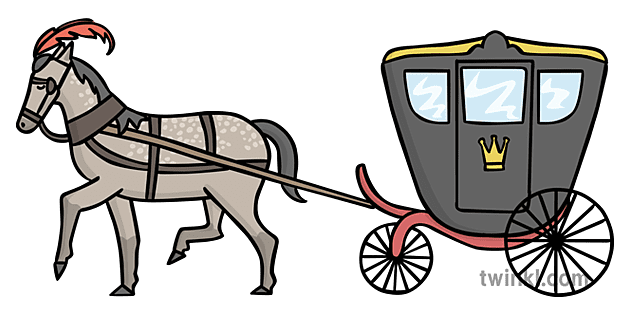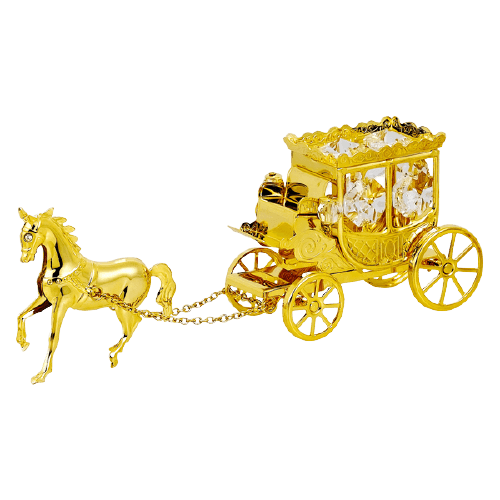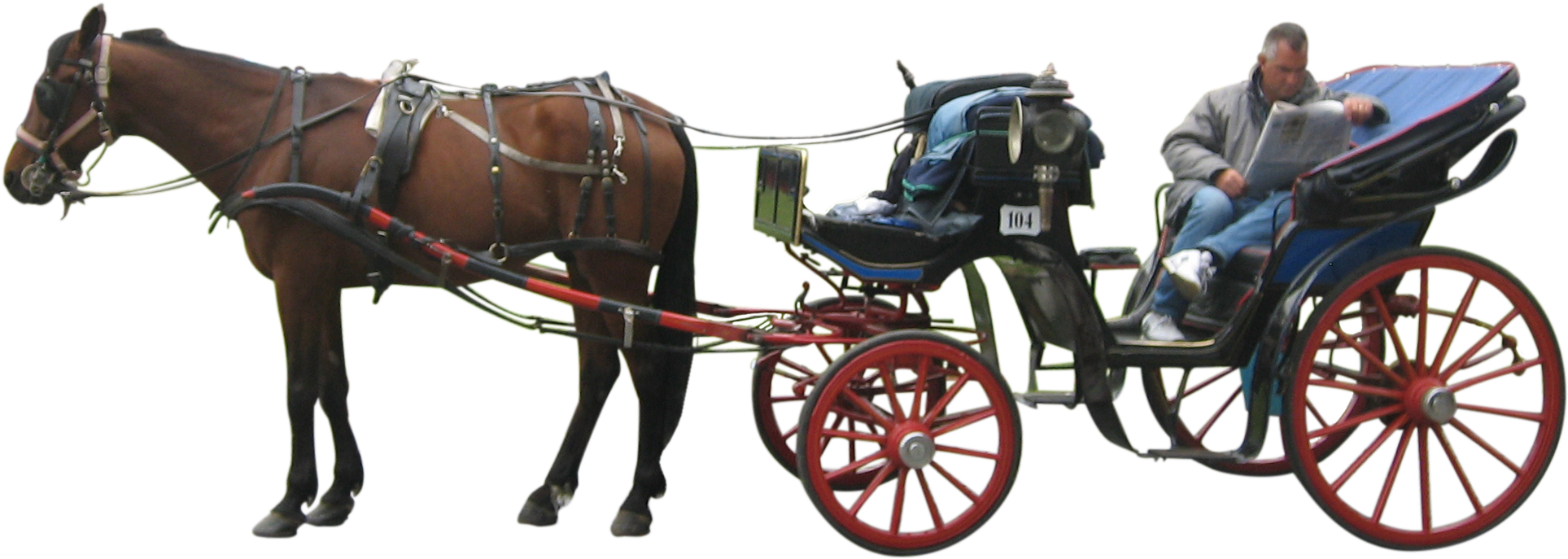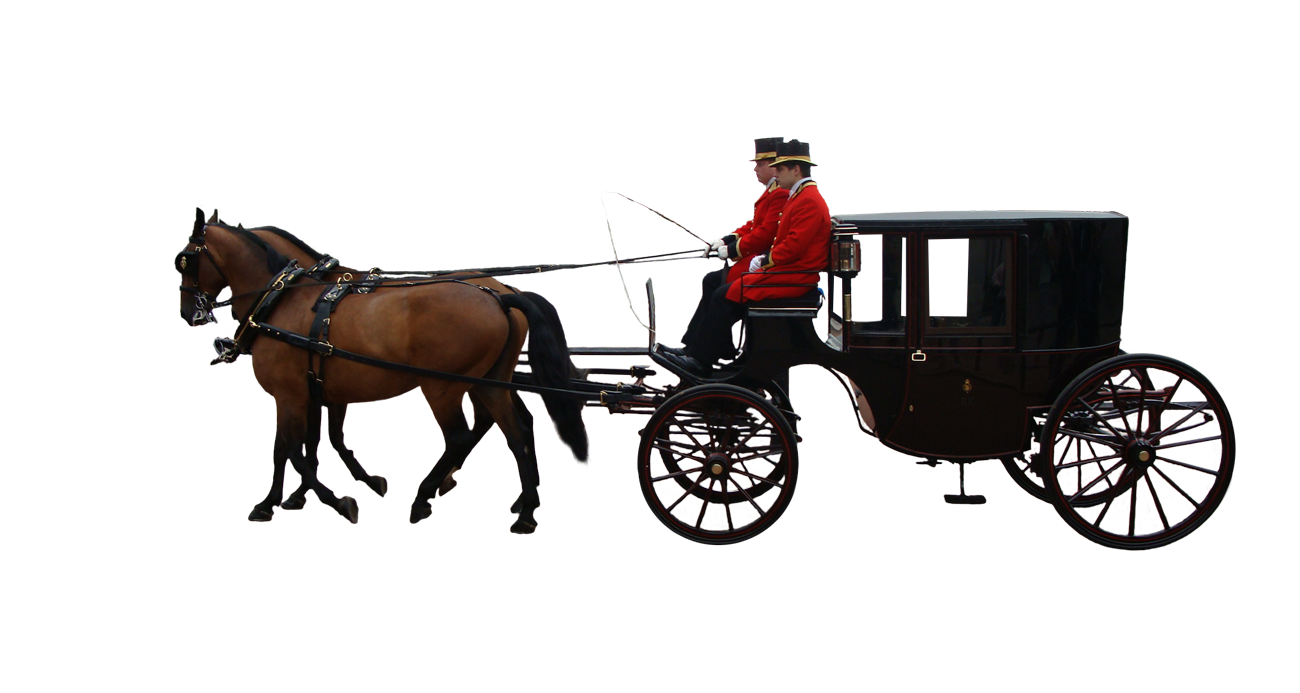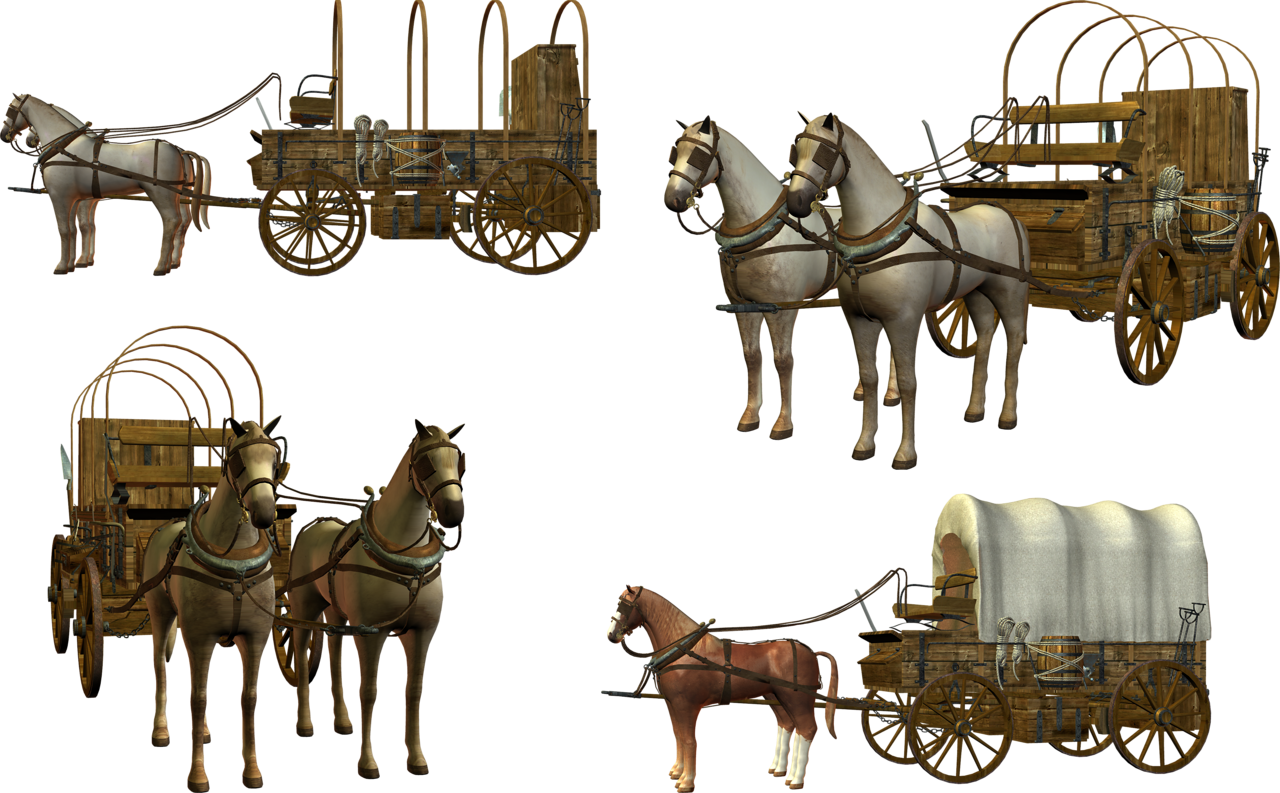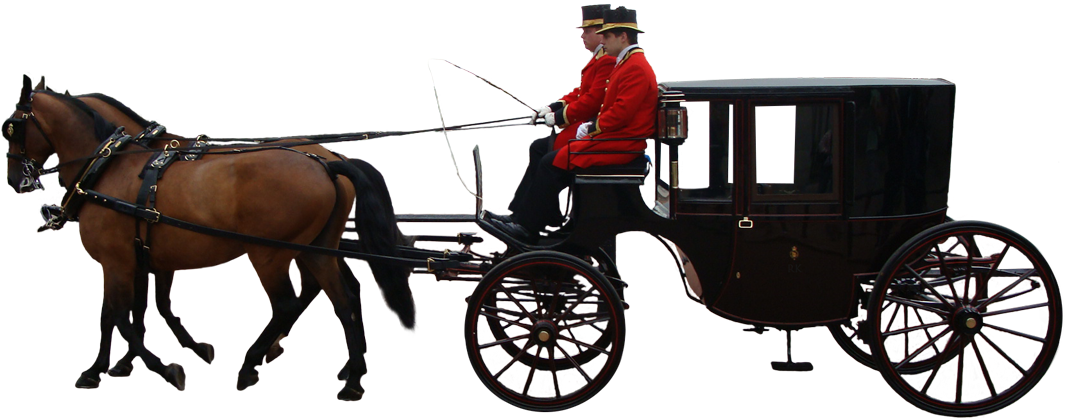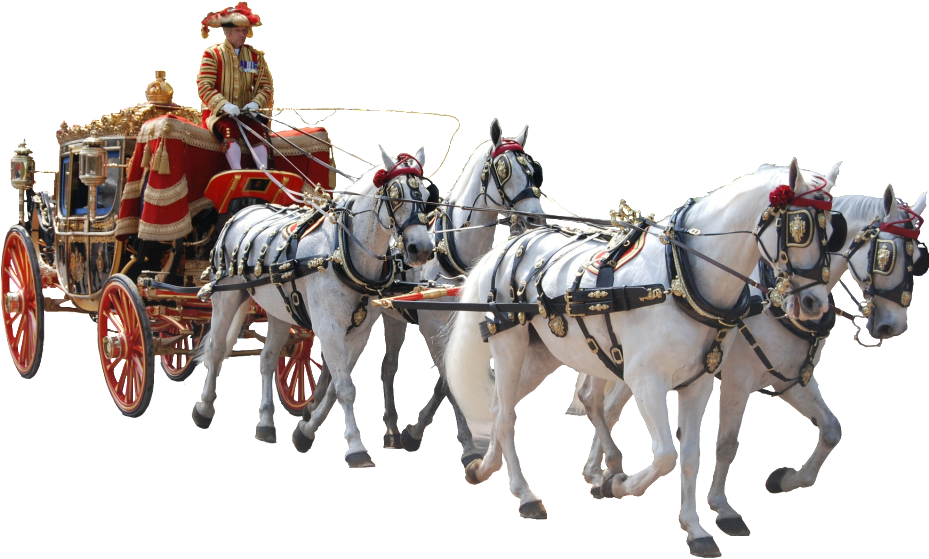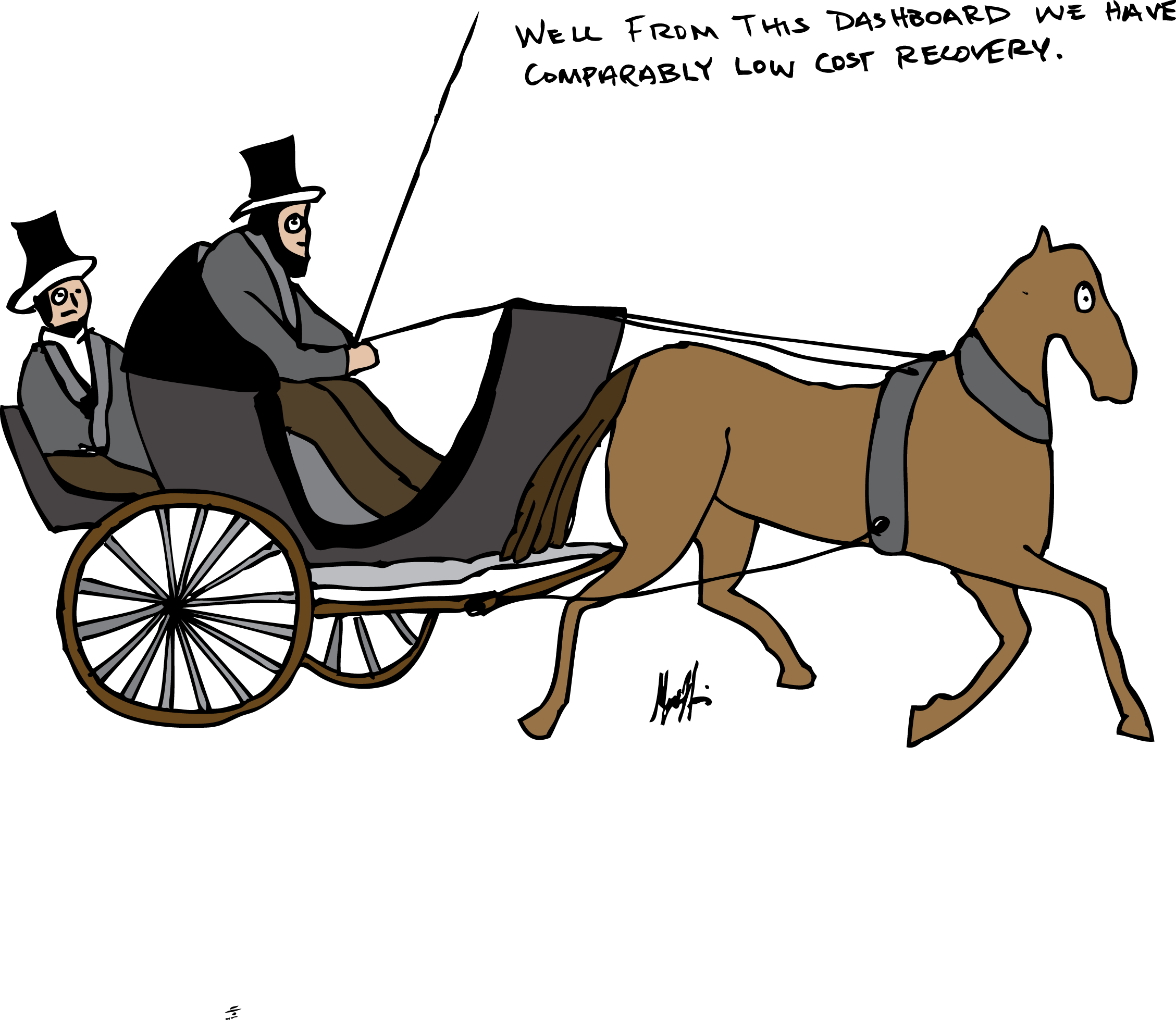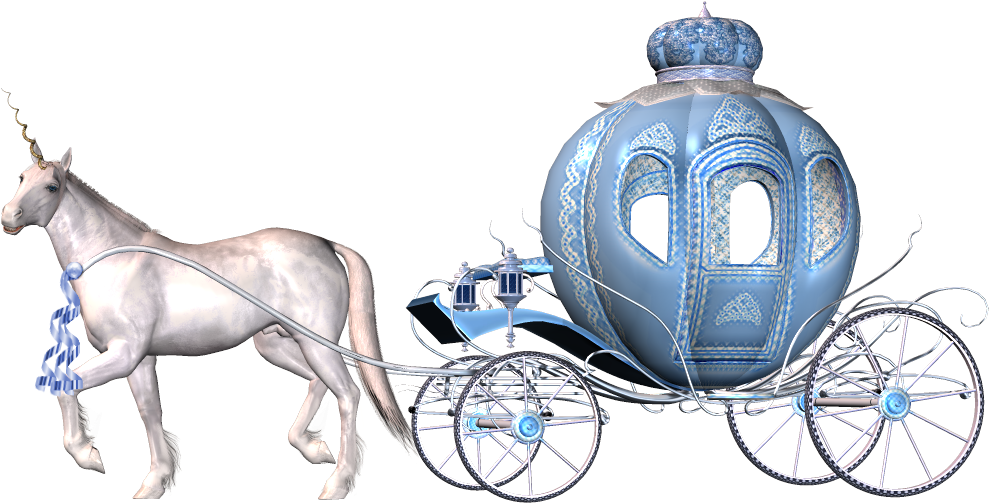Download top and best high-quality free Carriage PNG Transparent Images backgrounds available in various sizes. To view the full PNG size resolution click on any of the below image thumbnail.
License Info: Creative Commons 4.0 BY-NC
A carriage is a private four-wheeled vehicle for persons that is often drawn by a horse. Secondhand private carriages were frequent modes of public transportation, akin to current taxis. Leather strapping and steel springs are used to suspend carriages produced in previous decades. Owner-driven two-wheeled carriages are typically casual.
Coaches are a distinct subcategory of carriages. They are four-cornered carriages with a fixed roof.
The forerunners of carriages were two-wheeled war chariots and transport vehicles like as four-wheeled wagons and two-wheeled carts.
Horse-drawn carriages are still occasionally employed in the twenty-first century for royal parades and traditional ceremonial functions. For tourist transportation in warm regions and towns where visitors anticipate open horse-drawn carriages, simplified contemporary versions are created. For the sport of competitive driving, simple metal sporting versions are still created.
The word carriage (abbreviated carr or cge) comes from the Old Northern French word cariage, which means “to transport in a vehicle.” The word car, which originally meant a kind of two-wheeled cart for goods, came from Old Northern French around the beginning of the 14th century (probably derived from the Late Latin carro, a car); it is also used for railway carriages, and early cars in the United States were briefly referred to as horseless carriages around the end of the nineteenth century.
The medieval carriage was often a four-wheeled wagon with a rounded top (“tilt”) that resembled the Conestoga Wagon from the United States. It most likely used the pivoting fore-axle in continuity with the ancient world, sharing the typical shape of wheels and undercarriage known since the Bronze Age. Suspension (on chains) is documented in both pictures and written records as early as the 14th century (“chars branlant” or rocking carriages), and by the 15th century, it was commonplace. Royalty, aristocrats (and especially ladies) favored carriages, which may be ornately adorned and gilded.
Depending on their size and prestige, these carriages were normally four-wheeled and drawn by two to four horses. The major materials used to construct a carriage were wood and iron, while carriages used by non-royalty were covered in simple leather.
The 14th-century pageant wagon was another type of vehicle. Pageant wagons are often little house-like buildings that rest on four to six wheels depending on the size of the wagon.
Pageant wagons are often little house-like buildings that rest on four to six wheels depending on the size of the wagon. The pageant wagon is notable since most carriages had two or three wheels until the 14th century; the chariot, rocking carriage, and infant carriage are just a few examples of vehicles that predate the pageant wagon. Historians also disagree over whether pageant wagons had pivotal axle systems that allowed the wheels to turn.
Most historians agree that pivotal axle systems were used on pageant wagons, whether they had four or six wheels, because many routes were winding and had some steep curves. Six-wheel pageant wagons were also pioneers in carriage design, since they were among the first to employ numerous pivotal axles. The front set of wheels and the center set of wheels both had pivotal axles. This allowed the horse to walk around freely and lead the carriage down the route or road.
Download Carriage PNG images transparent gallery.
- Carriage Transport PNG Images HD
Resolution: 1035 × 333
Size: 488 KB
Image Format: .png
Download
- Carriage Transport PNG Free Image
Resolution: 1012 × 739
Size: 136 KB
Image Format: .png
Download
- Carriage Transport PNG Image File
Resolution: 1025 × 929
Size: 344 KB
Image Format: .png
Download
- Carriage Transport Background PNG
Resolution: 869 × 333
Size: 165 KB
Image Format: .png
Download
- Carriage Transport PNG
Resolution: 600 × 600
Size: 32 KB
Image Format: .png
Download
- Carriage Transport PNG Pic
Resolution: 640 × 480
Size: 173 KB
Image Format: .png
Download
- Carriage PNG Image HD
Resolution: 640 × 426
Size: 254 KB
Image Format: .png
Download
- Carriage
Resolution: 550 × 550
Size: 80 KB
Image Format: .png
Download
- Carriage Transport PNG File
Resolution: 512 × 512
Size: 44 KB
Image Format: .png
Download
- Carriage No Background
Resolution: 720 × 720
Size: 478 KB
Image Format: .png
Download
- Carriage PNG Images HD
Resolution: 1024 × 402
Size: 41 KB
Image Format: .png
Download
- Carriage PNG Free Image
Resolution: 680 × 340
Size: 64 KB
Image Format: .png
Download
- Carriage PNG Image File
Resolution: 1300 × 1300
Size: 82 KB
Image Format: .png
Download
- Carriage Transport PNG Image
Resolution: 450 × 450
Size: 131 KB
Image Format: .png
Download
- Carriage Transport PNG Photo
Resolution: 8000 × 3633
Size: 748 KB
Image Format: .png
Download
- Carriage Background PNG
Resolution: 1280 × 1280
Size: 1020 KB
Image Format: .png
Download
- Carriage PNG Background
Resolution: 2400 × 1398
Size: 3304 KB
Image Format: .png
Download
- Carriage PNG Pic
Resolution: 474 × 510
Size: 256 KB
Image Format: .png
Download
- Carriage PNG File
Resolution: 1032 × 774
Size: 641 KB
Image Format: .png
Download
- Carriage Transport PNG Cutout
Resolution: 600 × 255
Size: 79 KB
Image Format: .png
Download
- Carriage Transport PNG Images
Resolution: 620 × 620
Size: 18 KB
Image Format: .png
Download
- Carriage PNG Image
Resolution: 512 × 512
Size: 20 KB
Image Format: .png
Download
- Carriage PNG Photo
Resolution: 1280 × 1266
Size: 318 KB
Image Format: .png
Download
- Carriage PNG Cutout
Resolution: 990 × 761
Size: 313 KB
Image Format: .png
Download
- Carriage PNG Images
Resolution: 700 × 238
Size: 168 KB
Image Format: .png
Download
- Carriage Transport PNG Photos
Resolution: 600 × 531
Size: 56 KB
Image Format: .png
Download
- Carriage Transport Transparent
Resolution: 512 × 512
Size: 70 KB
Image Format: .png
Download
- Carriage PNG Photos
Resolution: 2346 × 1060
Size: 126 KB
Image Format: .png
Download
- Carriage Transport PNG Clipart
Resolution: 512 × 512
Size: 54 KB
Image Format: .png
Download
- Carriage Transparent
Resolution: 1776 × 1413
Size: 343 KB
Image Format: .png
Download
- Carriage PNG Clipart
Resolution: 630 × 315
Size: 27 KB
Image Format: .png
Download
- Carriage PNG Picture
Resolution: 500 × 500
Size: 46 KB
Image Format: .png
Download
- Carriage Transport
Resolution: 1927 × 687
Size: 1880 KB
Image Format: .png
Download
- Carriage PNG
Resolution: 1300 × 693
Size: 950 KB
Image Format: .png
Download
- Carriage PNG HD Image
Resolution: 1280 × 793
Size: 950 KB
Image Format: .png
Download
- Carriage Transport PNG Picture
Resolution: 1065 × 420
Size: 535 KB
Image Format: .png
Download
- Carriage Transport PNG HD Image
Resolution: 929 × 559
Size: 719 KB
Image Format: .png
Download
- Carriage Transport PNG Image HD
Resolution: 2257 × 1958
Size: 325 KB
Image Format: .png
Download
- Carriage Transport No Background
Resolution: 989 × 503
Size: 560 KB
Image Format: .png
Download

